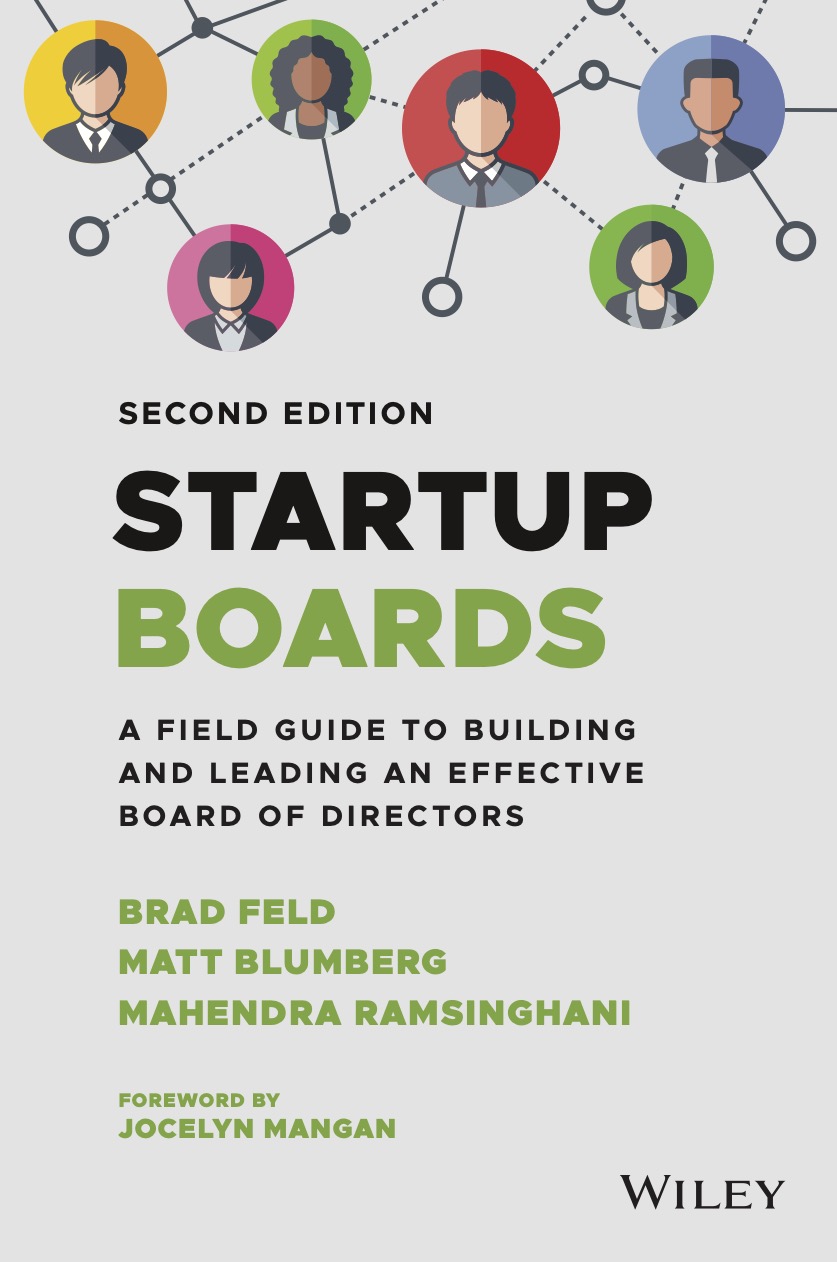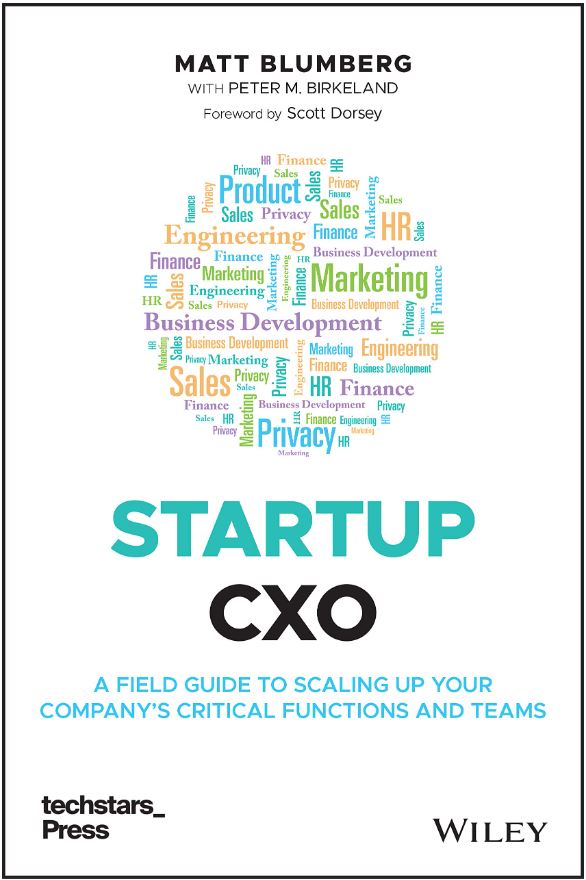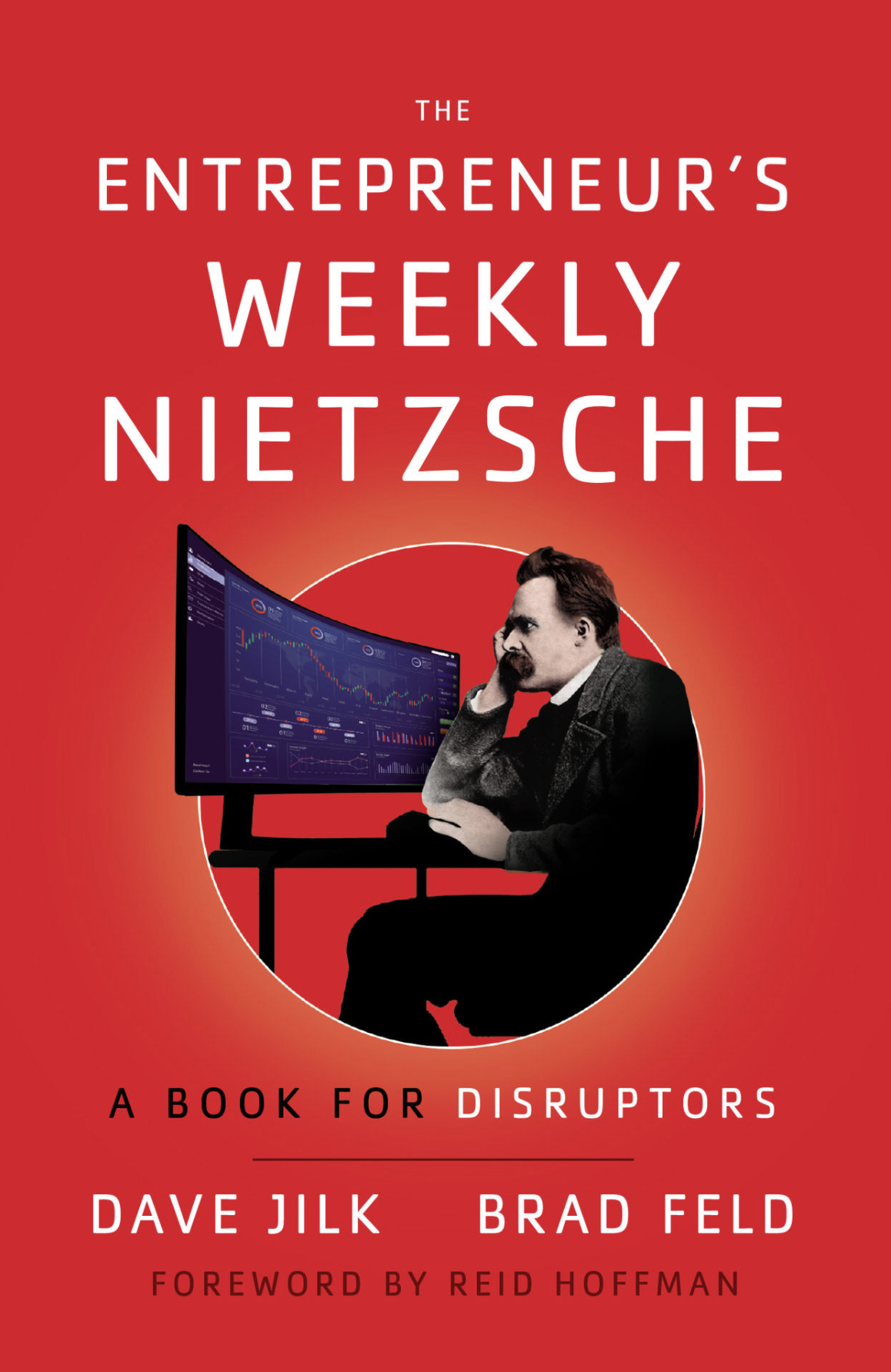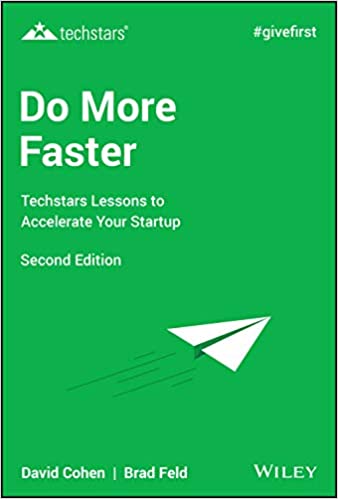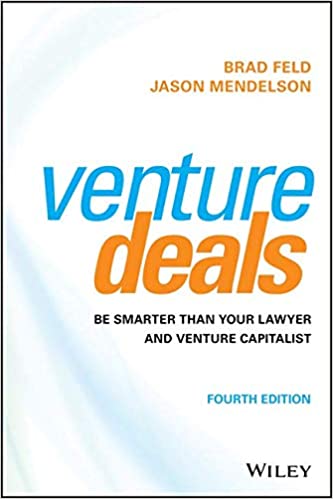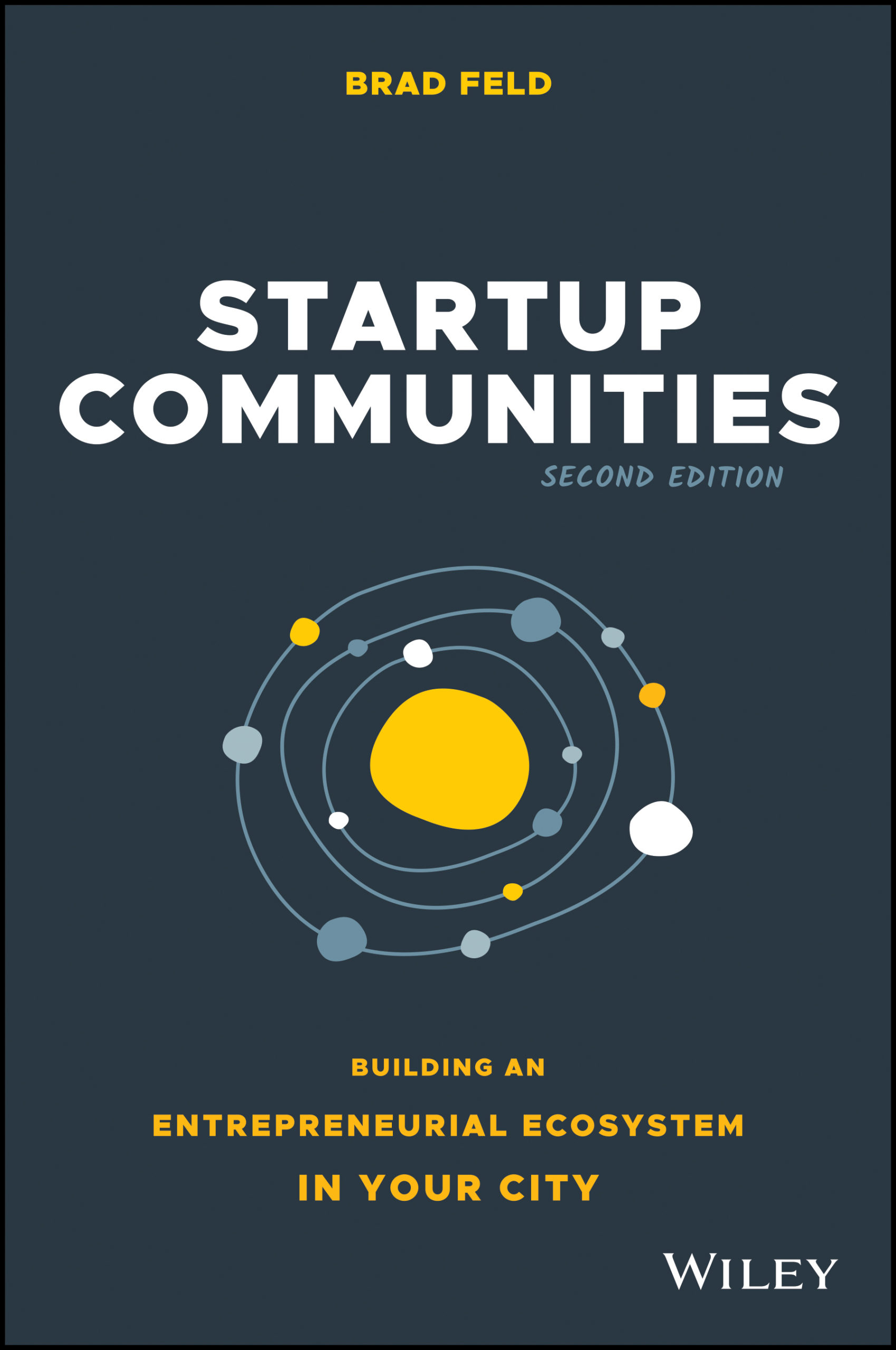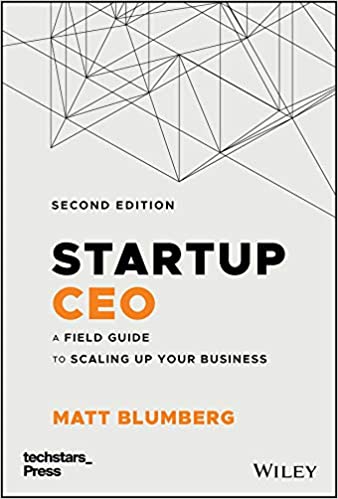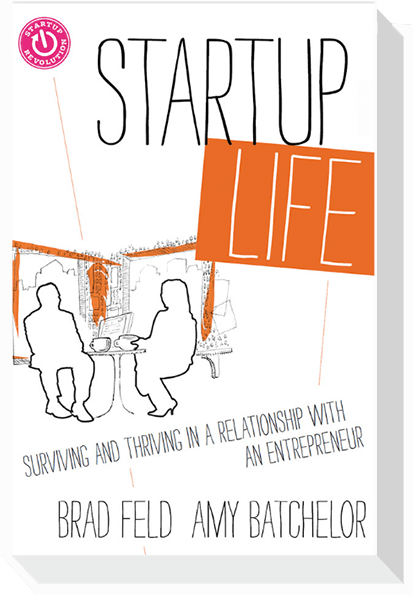Startup CEO: The Book Every Founder Should Read (Exclusive Review)
Review By William Mougayar – Startup Management – (Founder)
 Startup CEO: A Field Guide to Scaling Up Your Business is a monumental book that comes from the heart of Matt Blumberg. You can tell by the author’s self-effacing and genuine style that he had the reader in mind, as he pours it all for you. It doesn’t get more authentic than that.
Startup CEO: A Field Guide to Scaling Up Your Business is a monumental book that comes from the heart of Matt Blumberg. You can tell by the author’s self-effacing and genuine style that he had the reader in mind, as he pours it all for you. It doesn’t get more authentic than that.
Matt never put himself at the center of the book; yet he draws on the depth of his 360 degrees of experience, having founded Return Path in 1999, and grown it to over 400 employees, across 12 global offices, and $100+ million in revenues.
This isn’t just a startup CEO’s book. It’s a book that will specifically resonate with any first-time CEO who is about to scale their company, and hasn’t done it before. That was Matt’s experience, which he sporadically chronicled on his blog, Only Once, but the book isn’t about his blog.
Founder-to-CEO transitions are tricky. Every founder assumes they will become a successful CEO one day, but that’s not the case in reality, especially if you’re a CEO for the first time. Compound the typical risks of startup failures with the risk of CEO transition failures, and the percentage of successful founders that end-up being CEOs, and leading a successful startup dwindles down.
That’s where this book comes in. It is the book Matt wished someone had given him on his first day as a CEO of Return Path, 14 years ago. But this isn’t a book you will skim over. I thought I could do that, but I couldn’t. This is a book with close to 400 pages, so you will need to read it diligently, and “return” to it often.
The book is organized into 5 parts: Story Telling, Building the Company’s Human Capital, Execution, Building and Leading a Board of Directors, and Managing Yourself so You can Manager Others.
This is not a prescription book that tells you there is only one way to do this or that. Matt goes beneath the perceived simplicity or glamor of a CEO’s job, as he dives-in with original thoughts on 47 topics such as creating the company’s operating system, collecting data, managing in tough times, driving alignment, learning the lessons, competition, failure, decision-making, working with a coach, the importance of peer groups, staying fresh, taking stock of the year, and even tips for traveling. They all share the common context of managing and growing a startup, from 25 to over 400 employees.
The book doesn’t cover management and leadership in the traditional sense, but it resembles a pretty good self-awareness confession with high dosages of wisdom sprinkled along the way, and it paints the reality of a Startup CEO’s life: it is filled with ambiguity and uncertainty, but it demands discipline and guts to get the job done.
I liked the importance given to “Story Telling” in Part I, because your vision and strategy are the rudder for your company. “Stories have a main character (the customer or user) and a supporting cast (investors, employees, partners, competitors). They have a beginning (the problem), middle (the product), and an end (the solution). Stories take a jumble of facts (profit-and-loss statements, customer surveys, market realities) and give them meaning.”
It sounds whimsical, but it is good to keep a simple picture of how everything ties together.
The dream is part of the idea, and Matt chatters the myth that the founder or CEO always has the best ideas, as he recounts two real cases of very successful products at Return Path that originated from other employees, not him.
The CEO needs to become a “functional supervisor”, says Matt. That’s probably one of the biggest shifts from founder to CEO. Your people are your most important resource, so you need to spend a big part of your time with them.
“First, Perfect the Model. Before you can think about the trade-off between growth and profitability, you have to get your business model right. Not just on your first Lean Canvas, but on your second, and your third. Get out of the startup phase and into the revenue phase. During this phase, you have to focus on neither growth nor profitability, but rather on frugality, on staying alive until you get to the point where you’re ready to start scaling your business.”
The above paragraph comes early in the book, and I like it a lot because I’ve echoed the same thing; basically to let go of Lean as soon as growth and revenue are in sight.
Regarding the challenges of managing remote offices and employees, versus keeping them in one place as long as possible, here is some wisdom from the book: “It’s just as important to be close to your customers as it is to be close to your colleagues.” So obvious, yet so important.
On innovation; “If you don’t give your team permission to fail, you’re not giving them permission to innovate.” Yes, you need to continue thinking like a hungry startup, even if you have 400 employees.
On going global and preserving the company’s culture; “Beware of diverging cultures. It’s not just important to have a strong company culture; it’s important to have just one.“
Then, there is some drama as Matt takes us back to 2001 when he was still a fresh CEO, and they had just merged with another company. Fred Wilson who is on his Board suggested that Matt works with a coach, Marc Maltz from Triad Consulting because Fred felt that Matt could be “doing a better job in a few areas”. Matt grudgingly agreed, thinking he didn’t have a lot to learn, “the arrogance of youth”he admits. That particular relationship proved to be of critical importance, because Matt later acknowledged that Marc became one of his most valuable assets and advisers, even giving him credit as “one of a few reasons Return Path is still in business!”
One piece of advice given by Marc stuck with Matt: “The biggest risk for a CEO is to lose sight of the boundary between yourself and the role you fill.”
Peppered throughout the book are short takeaways from external voices, each narrating their own perspective on the Startup CEO’s job. These passages are well pointed, and include advice from Fred Wilson and Brad Feld (both on his Board), his executive assistant of 8 years, his CTO, and a slew of other key staff and outside experts.
Startup CEO is a wonderful book that alternates between story telling, lessons and best practices. It does a great job at letting you fill-in your particular context for your own take-away.
For a startup CEO, founder or co-founder with management responsibilities, it is up to you to take initiative on educating yourself so you can grow-up either by learning, by doing, by getting coached, or by getting supported in a peer group. And Matt shows you how he did it that way. Matt had the good fortune of relying on a good caliber of mentors, coaches, and venture capitalists that supported him, but his message is that you too, can carve your own luck and be inspired by how he did it.
As a side effect of the book, you get an inside look into Return Path and its culture, and it comes out as a pretty likeable company.
As a startup CEO, you will see yourself in the book, and you will relate to the stories Matt tells. This is a must-read for any startup founder or CEO who is about to scale from 25 employees and upward. Even if you haven’t hit your product/market fit or growth curve tipping points yet, it’s not premature to find out what will happen when you do.
As a founder, and especially a first time CEO or senior executive, you could ignore this book at your own peril. It will be released Sept 3rd 2013, and it’s available on Hard Cover pre-order, or Kindle version.
About William Mougayar

Entrepreneur. Creator of products. Thinker of ideas. Critic of mediocrity. Herder of startups. Passionate about the right things. Advisor & Coach to CEOs & Founders on Strategy and Marketing.
Started 3 companies, pivoted 1 (Eqentia), sold 2 (CYBERManagement to Aberdeen Group, and Engagio to Influitive). Worked for 3 sizes of companies: 2 large (Hewlett-Packard, Cognizant), 1 medium (Aberdeen), and 4 small (startups). So, I’ve seen the whole spectrum. And in every case, each company was experiencing a high velocity of growth.
I also wrote 2 books, consulted for numerous companies, was a professional speaker and wrote a ton of articles throughout the years.
